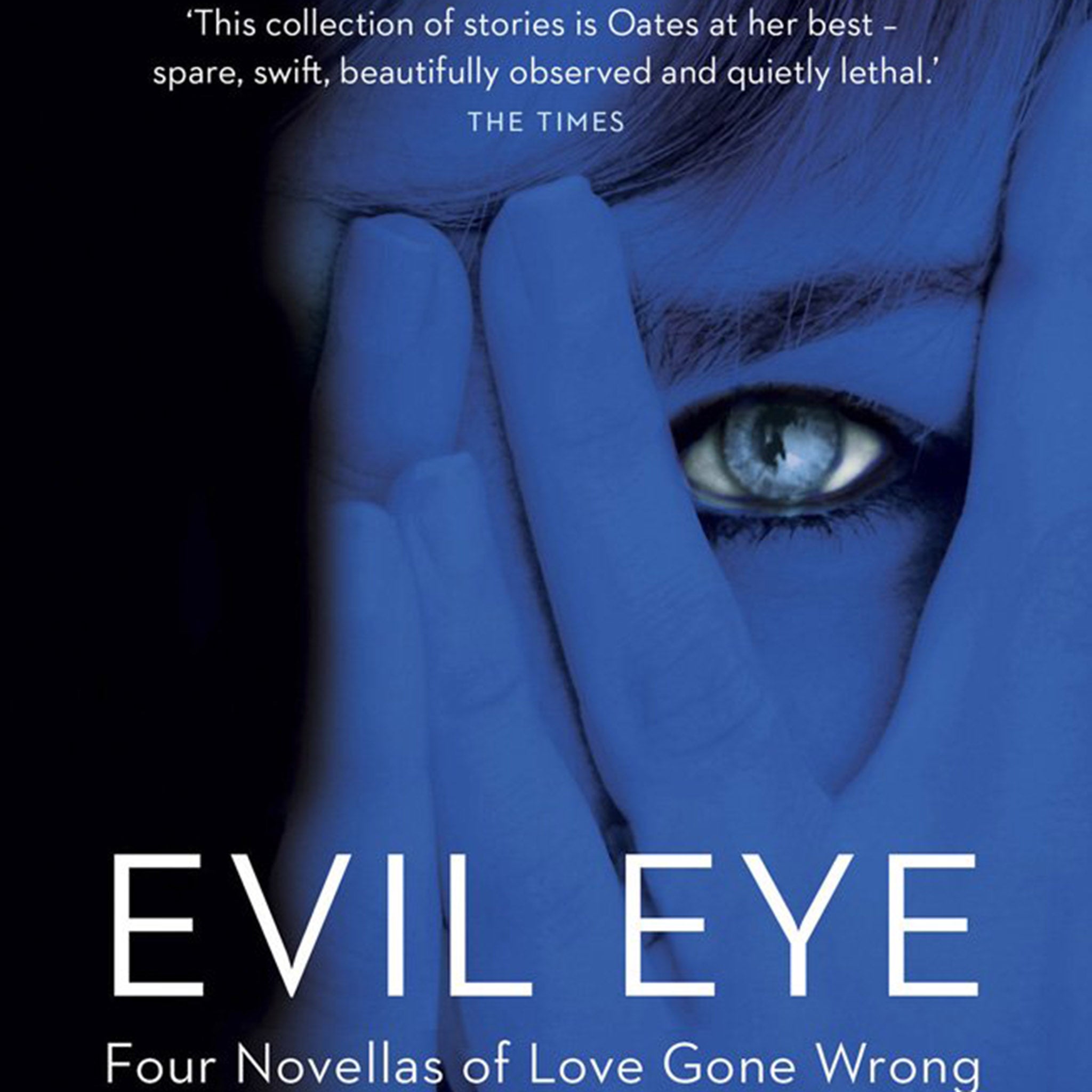Evil Eye by Joyce Carol Oates, book review: An extraordinarily vivid depiction of lives gone awry
Evil Eye is a collection of 'four novellas of love gone wrong', and is a creepy, macabre thrill from start to finish

Your support helps us to tell the story
From reproductive rights to climate change to Big Tech, The Independent is on the ground when the story is developing. Whether it's investigating the financials of Elon Musk's pro-Trump PAC or producing our latest documentary, 'The A Word', which shines a light on the American women fighting for reproductive rights, we know how important it is to parse out the facts from the messaging.
At such a critical moment in US history, we need reporters on the ground. Your donation allows us to keep sending journalists to speak to both sides of the story.
The Independent is trusted by Americans across the entire political spectrum. And unlike many other quality news outlets, we choose not to lock Americans out of our reporting and analysis with paywalls. We believe quality journalism should be available to everyone, paid for by those who can afford it.
Your support makes all the difference.At the age of 76 and with a backlist that her blurb describes as “over seventy works”, Joyce Carol Oates could be forgiven for taking her foot off the gas.
But rather than slow down, Oates is churning out books at the rate of at least two a year, and the fact that they remain of consistently excellent quality is nothing short of remarkable.
Evil Eye is a collection of “four novellas of love gone wrong”, and is a creepy, macabre thrill from start to finish. All of the stories feature impressionable or weak-willed women who find themselves easily manipulated by overbearing men in their lives – boyfriends, husbands or sons who at first seem kind and caring, but who gradually reveal a nastier, more egocentric core.
In the title story, Mariana is the much younger fourth wife of Austin, a respected arts academic in San Francisco. Not long after their whirlwind marriage, she is put under pressure by a visit from Austin’s first wife, Ines, a terrific character straight from a fable, dripping with Gothic menace.
In “So Near Any Time Always”, 16-year-old innocent Lizbeth is flattered by the attentions of an older boy, Desmond, who fashions himself as an outsider. As the relationship progresses, his behaviour becomes more domineering and obsessive.
“The Flatbed” sees another young woman struggle with a romantic relationship, this time because she is still suffering the effects of being abused by an elderly relative as a small child. When her boyfriend finds out, they plan to meet and confront the abuser, with disastrous consequences.
These three tales are delivered with great precision and economy of language, Oates conjuring up a sense of impending doom with skill from the very first sentences, but they pale compared with this book’s masterpiece, “The Execution”.
The only story to deal with familial love rather than romantic, it’s an extraordinarily vivid depiction of a life gone awry, as we enter the mindset of self-centred and psychotic preppy college kid Bart, as he plans to murder his father with an axe for perceived slights. The frenzied attack, which leaves Bart’s father dead and his mother in a coma, is graphic, but far more disturbing is its aftermath, and the compulsive self-delusion of Bart and those around him. When his mother emerges from her coma, the stage is set for a truly classic noir ending, a spine-chilling, hair-raising denouement of amazing power. Terrific stuff.
Join our commenting forum
Join thought-provoking conversations, follow other Independent readers and see their replies
Comments